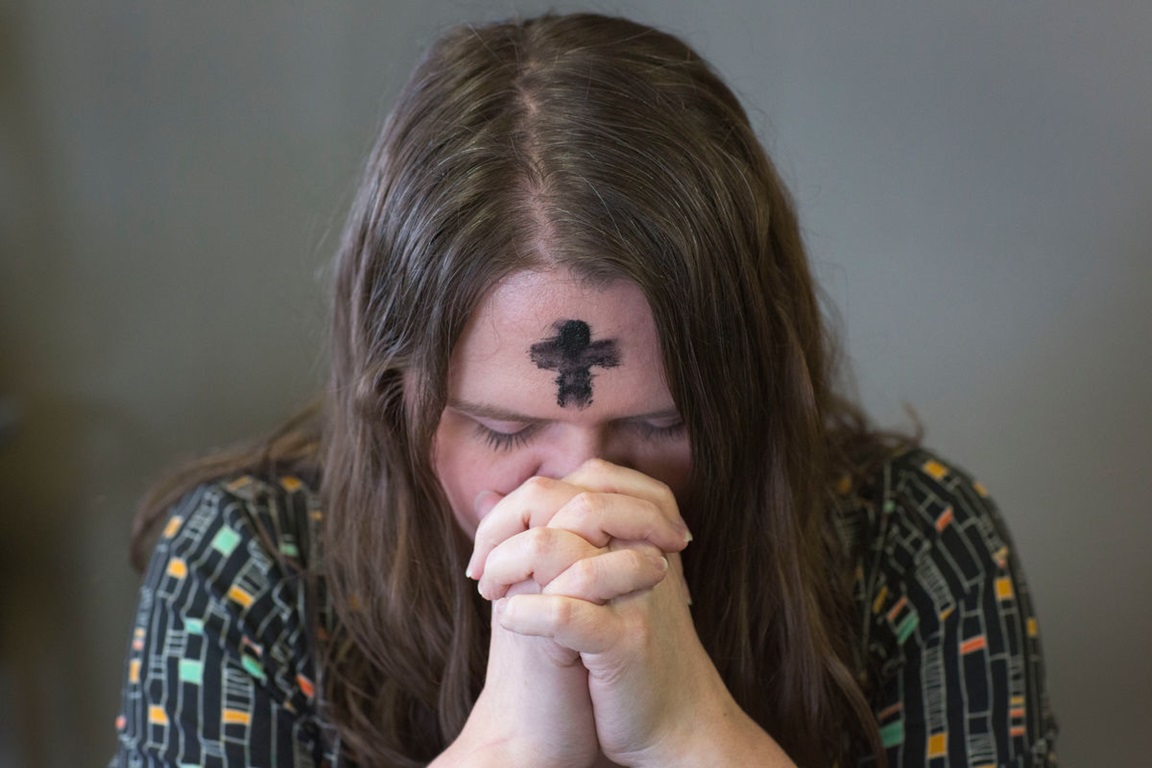Ash Wednesday (which falls on February 17 this year) is the official beginning of the season of Lent. Typically, Christians gather on this day in a service of penitence and reflection during which they impose ashes on each other’s foreheads in the shape of the Cross. As with most services done in the shadow of the pandemic, Ash Wednesday participants will need to adapt to keep safe and avoid spreading the virus. Fortunately, churches, ministry leaders and ecumenical organizations have stepped up with creative ways to observe Ash Wednesday in 2021.
Avoid hosting indoor services
The Ecumenical Consultation on Protocols for Worship, Fellowship, and Sacraments recommends holding virtual or outdoor Ash Wednesday services. According to The Consultation, outdoor services should only be offered if the community falls below a specific threshold in terms of the rate and likelihood of infection as well as the availability of ICU hospital beds. For those communities who meet those criteria, outdoor services should only be offered under the following conditions:
- Everyone present wears a mask covering their mouth and nose at all times
- Everyone keeps a distance of at least 6 feet apart from each other unless they are part of the same permanent household
- No one present has tested positive for COVID-19, experienced any common symptoms of COVID-19 or otherwise been exposed directly to the virus within the last 2 weeks
The safest way to hold an Ash Wednesday service is through a virtual or private household service. Churches that will be offering some kind of in-person service should also record and make them available to members unable to attend safely. The United Methodist Church does not require those leading an Ash Wednesday service to be ordained or have other ministry credentials, so the service can be carried out in the home among family members entirely.
Offer ways for families to observe Ash Wednesday at home
The Michigan Annual Conference has developed a Lent in a Box set of resources for families and households to use over the 5 weeks of Lent. This includes suggestions for churches to send ashes to members or for households to make the ashes themselves using strips of paper and olive oil. NOTE: Please do not to mix ashes with water as this can cause the skin to burn. Use olive oil instead.
Marcia McFee at Worship Design Studio has developed a Holy Vessels Lenten Series for use during the pandemic, with a sample Ash Wednesday service. The series includes recommended prayers, hymns, scriptures and other liturgical resources.
“Congregations are finding creative ways celebrate Ash Wednesday. Some are creating custom tattoos that resemble a cross of ashes while others are attacking static clings to their cars or windows. One woman found a way to put a cross of real ashes on a card, using chapstick as an adhesive,” said McFee.
McFee also suggested using dirt as part of an at-home service rather than ashes. Unlike ashes, dirt is something anyone can readily get their hands on from their own backyard or garden and this can be an invitation to remind participants of their connection to the earth.
“When we impose the ashes on someone during the service, we quote Genesis 3:19 that says ‘you are dust and to dust you shall return’ so in a way dust is an even more appropriate symbol for the service. Dust represents both our brokenness, but also our hope of resurrection and new life. Dust scatters, but dust also allows things to grow,” said McFee. In fact, she recommends households who are able can hold their service outside end it by planting something in their yard or garden as a sign ofhope.
“I know many of us are sad not to be worshipping together in a sanctuary for Ash Wednesday, but I hope we can also see this as a unique opportunity for creativity and reflection. In the Early Church, Lent was also the season where catechumens prepared for their baptism. I hope this time can be one where each of us rediscovers the calling of our baptism and reflects on the way we can live out our commission as Christian healers to communities hurt by the pandemic,” said McFee.
Conclusion
For many Christians Ash Wednesday may take on a deeper meaning this year. It was during Lent last year that most of our lives were upended by the pandemic. As we mourn those who were lost this past year, we are reminded daily of our own mortality. Yet just we can see light at the end of tunnel in the miracles of modern science, so too do we find hope in promise of Christ’s resurrection and the new life it offers all of us.
Philip J. Brooks is a writer and content developer with the leader communications team at United Methodist Communications, Nashville, Tennessee, USA.

